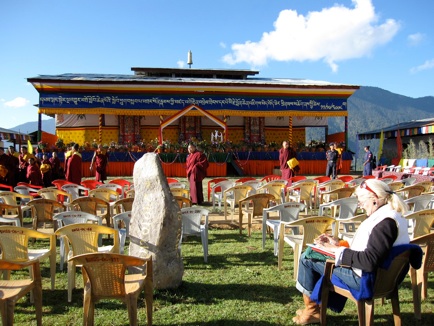



Conceptualized in bold timeless architecture the World Consciousness Center symbolizes in the chalice a platform for cultural exchange and an information hub, from the people for the people, instantaneously communicating through new technology, a forum for natural leaders of this century, for think-tanks, a helping platform for the United Nations, with the ability to react faster than politicians. It is non-political, non-religious, where voices have a platform that is unedited – direct.
The World Consciousness Center building is guarded by two high-rises, stylized symbols of eagles protecting the nest, one looking west (pearl harbor), one east (Sept 11th) to protect each other’s back. The towers are designed for mixed use to house offices, apartments, kinder-gardens, medical facilities, care units, shopping, restaurants and hotels for twenty-four hour life around the clock.
World
Consciousness
Center
The features of the surroundings are designed so that you will end up centered under the World Consciousness Center building and you will raise your eyes and have an experience that makes the person standing in that circle to feel uplifted, being the center of the Universe and important to all of us.


Gangteng Monastery
And Buddhist College, Bhutan
The core value in this project is rooted in the philosophy of Buddhism
and the immense kindness of the Bhutanese.
Strong traditional roots are the base of this Himalayan project.
The main monastery, existing for over 500 years, set 12,000 feet in the Himalayas on the top of the world, needed a restoration. Within the worldwide fundraising process for the monastery, Gangteng Trulku Rinpoche and I were introduced by Hanna Strong.
It turned out that more was needed for the fast growing monastery of Gangteng. A library, guesthouses, a new temple, to accommodate much larger groups, dormitories, kitchen houses, stone bath facilities, meditation spaces and a concept for an annual festivity to support fundraising for all of these much needed investments.
Here most of the physical labor gets done by the villagers donating their craft and time to Rinpoche. Artists come from near and far to exercise centuries old artistic skills but still certain things like plumbing and electrical work have to be done by professional hired experts.
After I had become involved in the expansion of the Gangteng facilities, Rinpoche asked me to design a facility using traditional Buddhist architecture to house his vision for a Buddhist College. This building would bring together the different forms of Buddhism found around the world and create a center for learning and cross-pollination of ideas and wisdom, housing scholars from around the world to share the various forms of this discipline.
Shortly thereafter, Rinpoche requested a design for another groundbreaking project of his. He wanted to expand the facilities for a special monastery where he has re-kindled the tradition of educating female monks. More than one hundred of these pioneering women, the youngest six years old and the eldest at ninety-four, have left their provinces to study in this mountain retreat and build its structure with their own hands.




The SOLAR PLEXUS building has been commissioned as the iconic structure to anchor the city of New Beijing in China.
The structure, standing fifty-two stories high and eight stories into the ground, represents economic prosperity. The surrounding plaza and landscaping act as a high capacity public forum for celebration.
Uniting the myths of the Dragon and the Phoenix as they embrace in a dance, the Solar Plexus tells a story in the sky.
The subterranean component of the development houses a large transportation hub and data interchange.
The monument will hold representative offices of the twenty-two Pacific Rim Nations, cultural forums, residential spaces, educational and commercial venues.
“The most amazing team, organizations and individuals have helped to bring this concept as far as it is today - but what we – my team and I would like – is to hear Your ideas of how you think we can advance with this project farther and faster.”
Gesine Thomson
“

”
